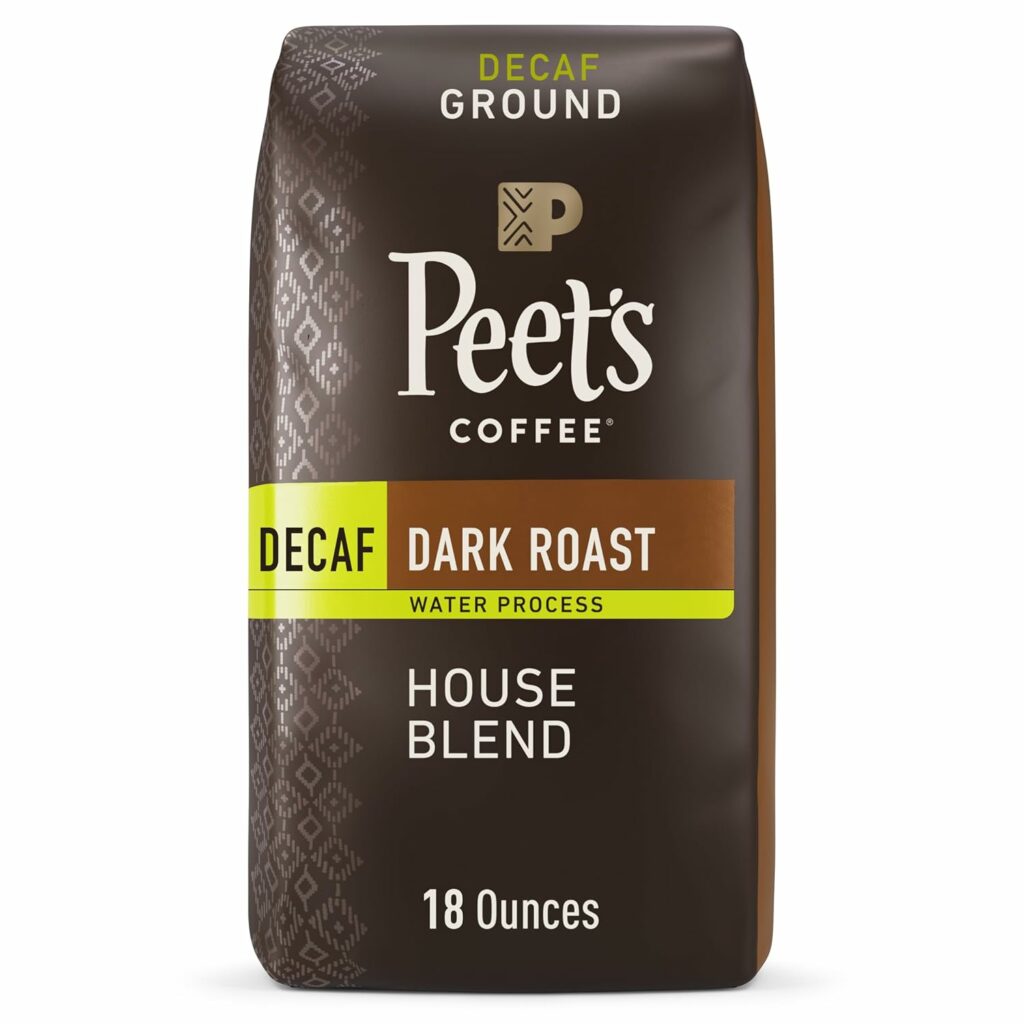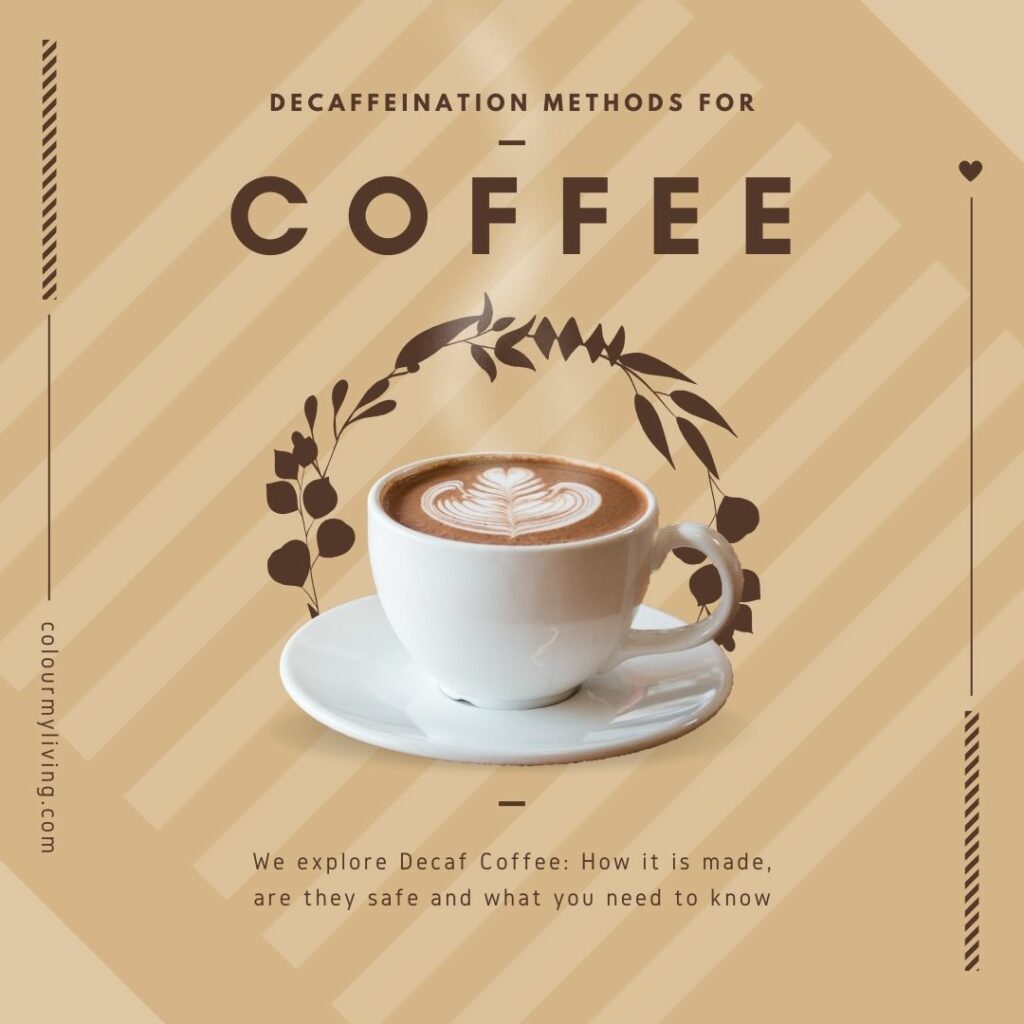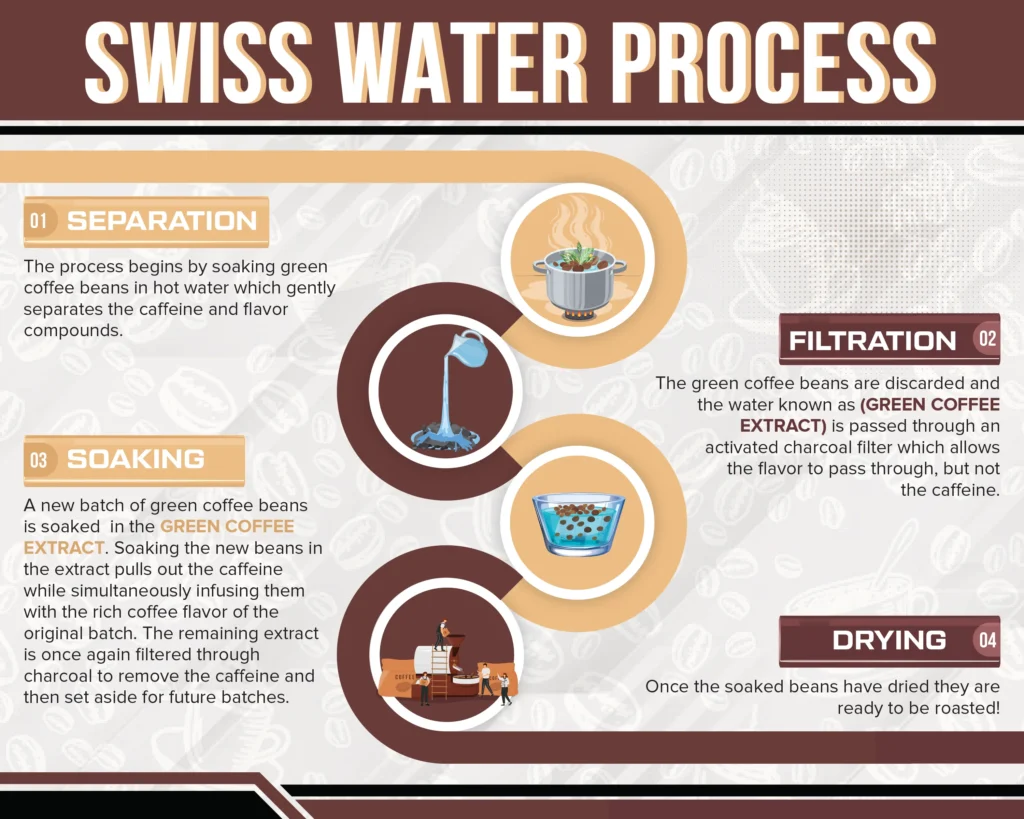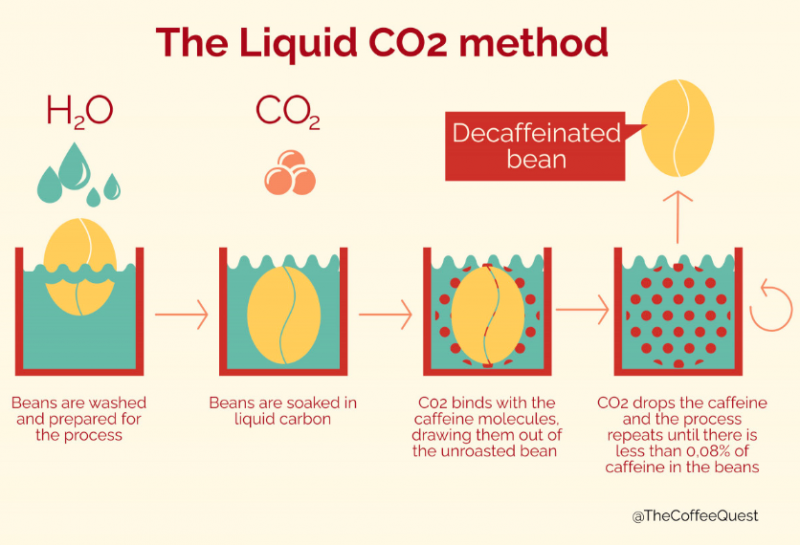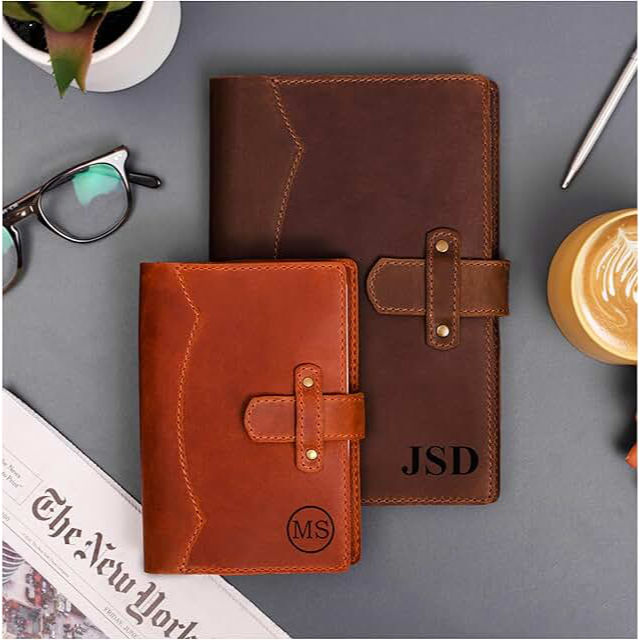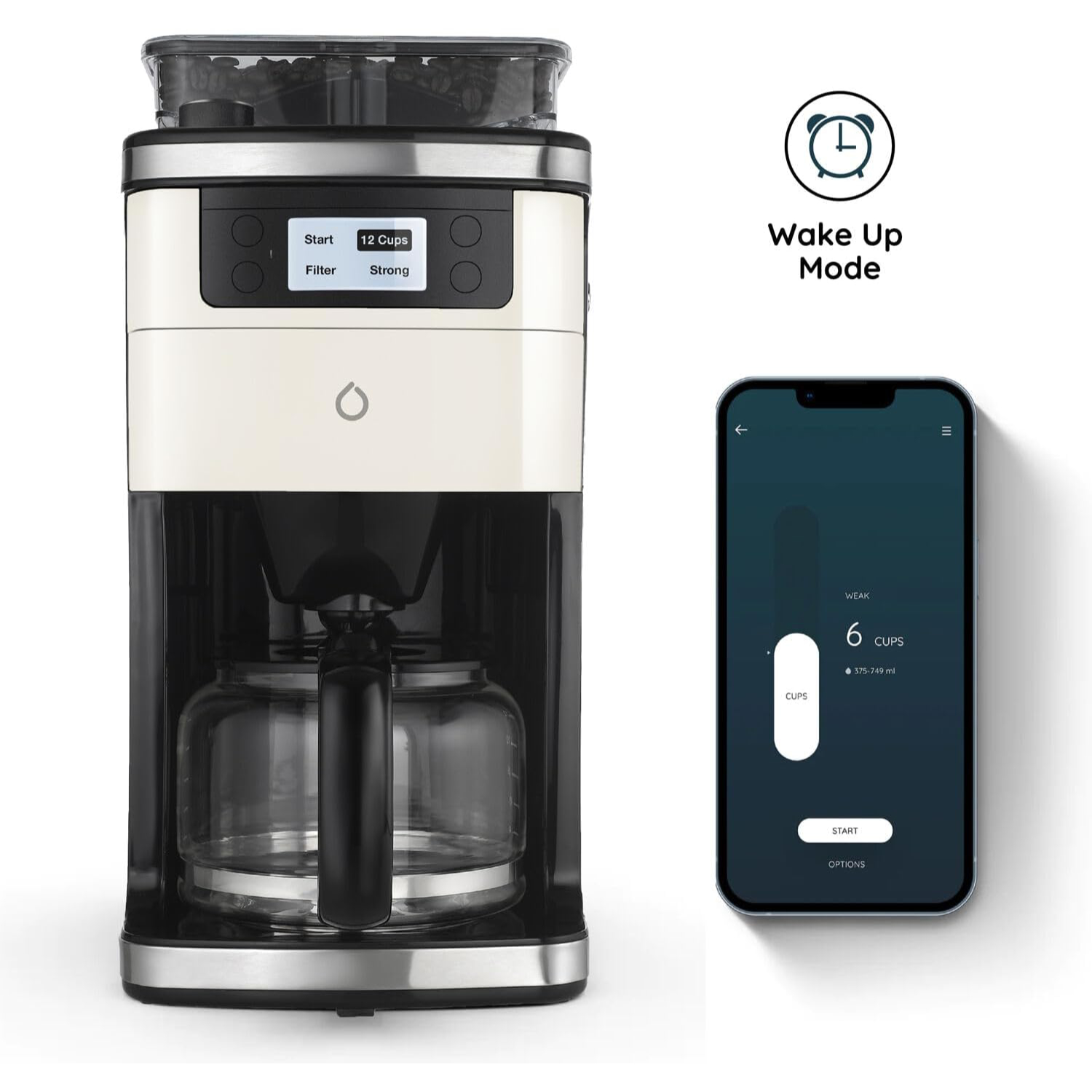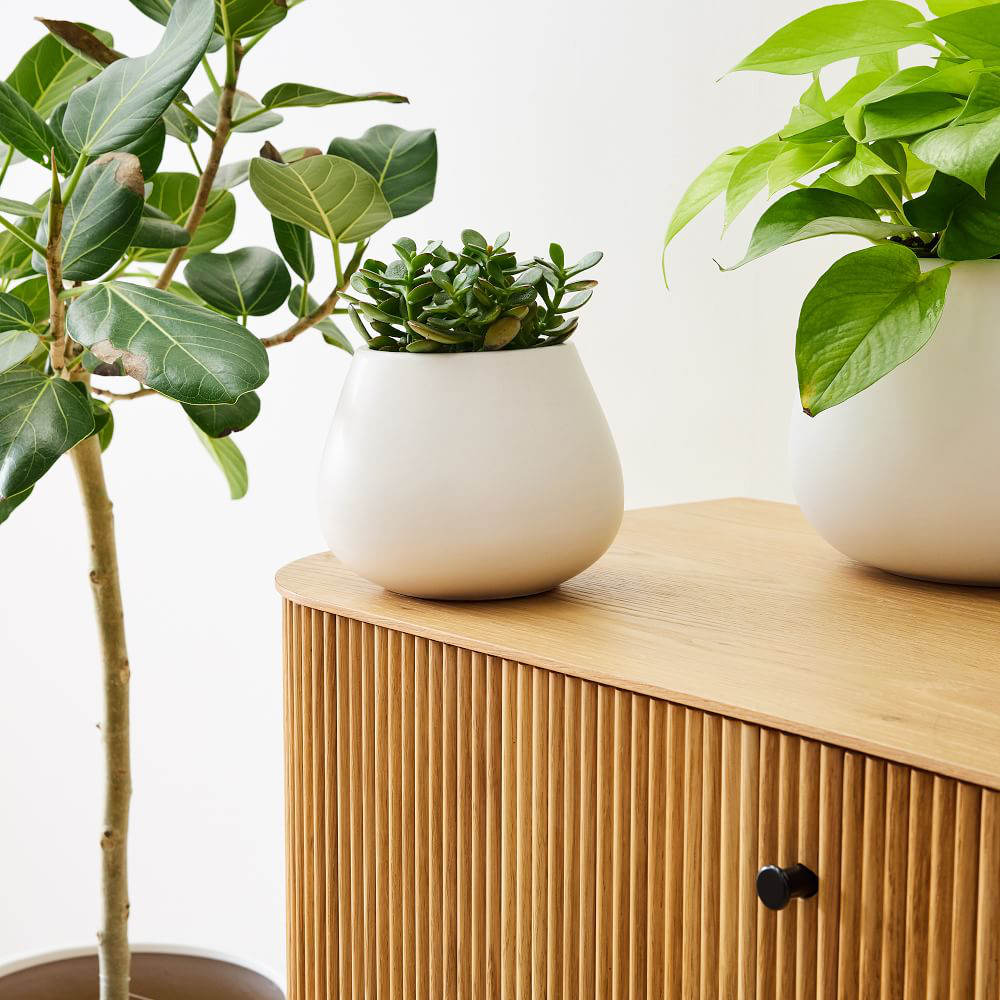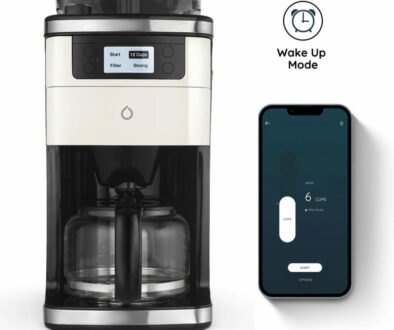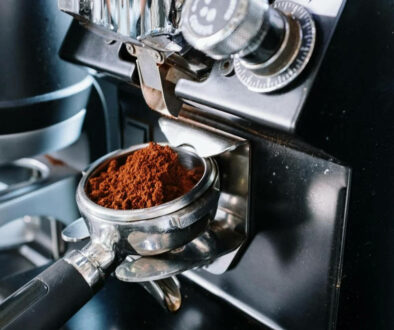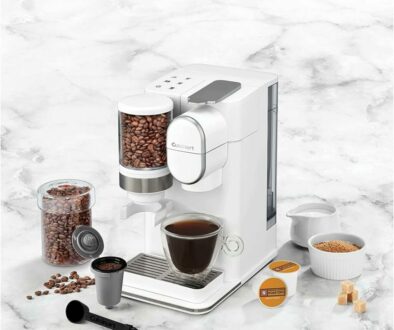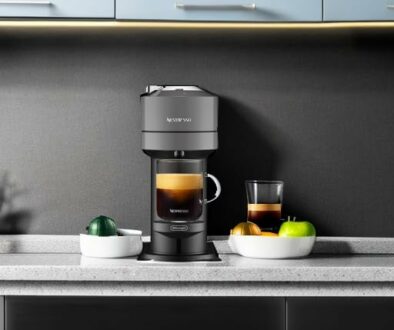Exploring Decaf Coffee: How It’s Made and What You Need to Know
When you think of coffee, the words “energy,” “buzz,” and “caffeine” often come to mind. But what about those who love the taste of coffee without the jolt? Enter decaf coffee—a smooth, mellow alternative for anyone looking to enjoy the flavour of coffee without the caffeine. But have you ever wondered how they make decaf coffee or beans. Get your answer here.
In this article, we look at how decaf coffee is made, its benefits, and what you need to know when choosing the perfect decaf brew.
What is Decaf Coffee?
Decaf coffee starts life as your everyday coffee bean. The key difference? The caffeine is removed before it’s roasted, resulting in a cup of coffee with about 97% less caffeine than its regular counterpart. On average, a cup of decaf contains just 2-5 milligrams of caffeine, compared to the 95 milligrams in a standard cup of coffee.
How is Coffee Decaffeinated?
Decaffeination is a fascinating process that balances science and taste preservation. While there are several methods, the goal is the same: to remove caffeine while maintaining the bean’s natural flavour. See below for some of the most common methods:
- The Swiss Water Process – the preferred method, read more about this below
This chemical-free method uses water, temperature, and time to draw caffeine out of the beans. The beans are soaked in hot water to release their caffeine and flavor compounds. The water is then filtered through activated carbon, which traps caffeine molecules. The beans are reintroduced to the filtered water to reabsorb their flavors. This method is popular for its organic and environmentally friendly approach. - The CO2 Process
In this modern method, liquid carbon dioxide is used as a solvent to extract caffeine. Coffee beans are soaked in water to open their pores, then placed in a chamber where CO2 is applied under high pressure. The CO2 binds with the caffeine molecules, leaving the flavor intact. This method is efficient and often used for large-scale decaffeination. - The Direct Solvent Method
Beans are steamed to open their pores and then rinsed with a solvent, such as ethyl acetate or methylene chloride, to remove caffeine. Afterward, the beans are steamed again to remove any residual solvent. While effective, some coffee enthusiasts shy away from this method due to concerns about chemical residues, even though it’s deemed safe. - The Indirect Solvent Method
Instead of applying the solvent directly, this method involves soaking the beans in hot water to extract both caffeine and flavor compounds. The water is then treated with the solvent to remove caffeine, and the beans are reintroduced to absorb the flavor-rich liquid. This approach is gentler on the beans and preserves more of their natural taste.
You can find out more about the steps to the processes and methods above at the bottom of this article.
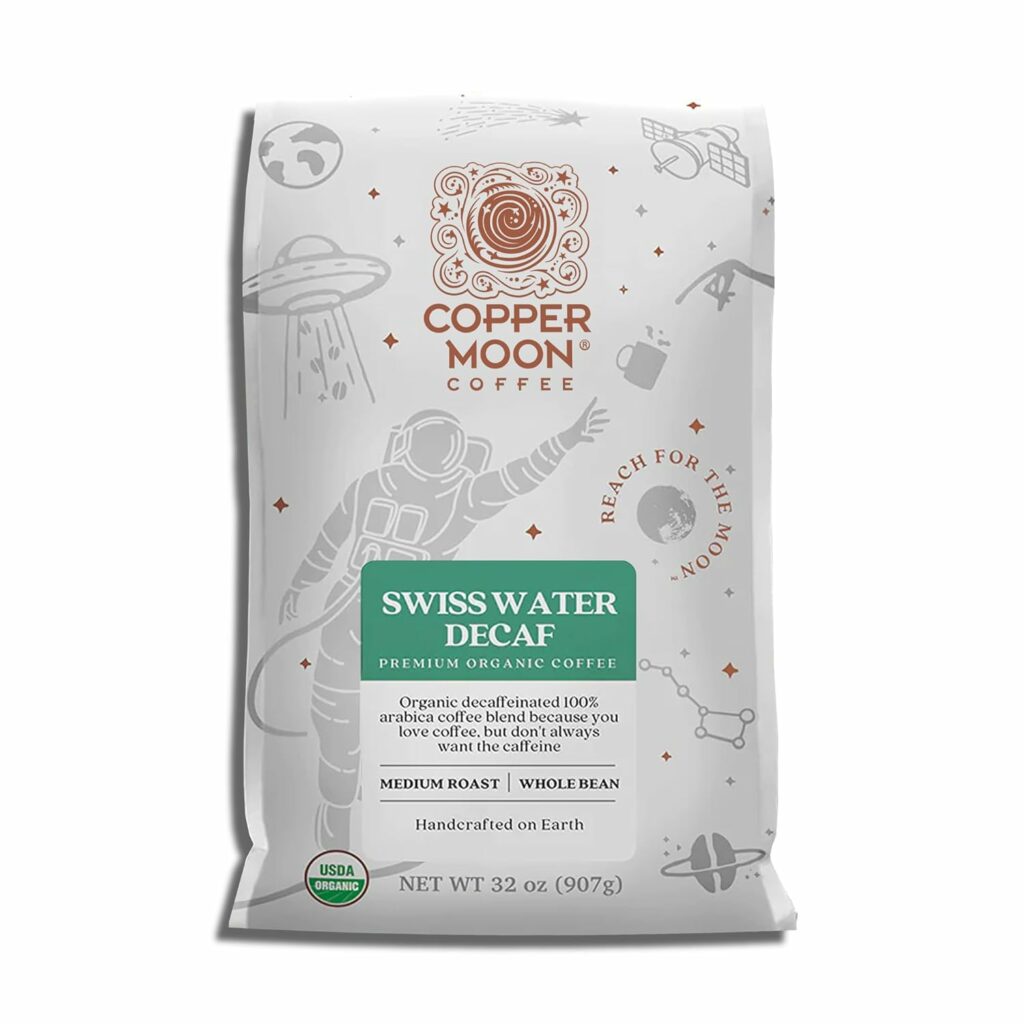
Search Swiss Water Decaf Coffee Beans on Amazon
Is Decaf Coffee Safe?
Yes! Decaf coffee is safe for daily consumption. Modern decaffeination processes adhere to strict health standards, ensuring that any chemical solvents used are either fully removed or present in trace amounts far below regulatory limits. For those sensitive to caffeine, decaf offers a way to enjoy coffee without jitters, insomnia, or increased heart rate.
Which of the process is the safest?
If we had to choose one, The Swiss Water Process is. considered the safest and most preferred. The reasons are obvious. The method is chemical free as it uses only water, temperature and time to decaffeinate coffee. There are no solvents involved. Not using any chemical also means it is organic and environmentally friendly as the process is totally natural with no synthetic substances introduced. But what about the flavour loss? Part of the process of Swiss Water method involves reintroducing the flavour-saturated water solution back to the beans. This prevents flavour loss during the decaffeination process. Trusted by consumers, this is the preferred method for health-conscious and eco-conscious consumers. In contrast, the other methods have the following disadvantages:
The CO2 Process is safe and efficient but involves industrial machinery and high-pressure systems, making it less transparent to the average consumer.
The Direct Solvent Method raises concerns about potential chemical residues, even if trace amounts are deemed safe by regulatory standards.
The Indirect Solvent Method is gentler than the direct method but still involves chemical solvents, which some consumers prefer to avoid.
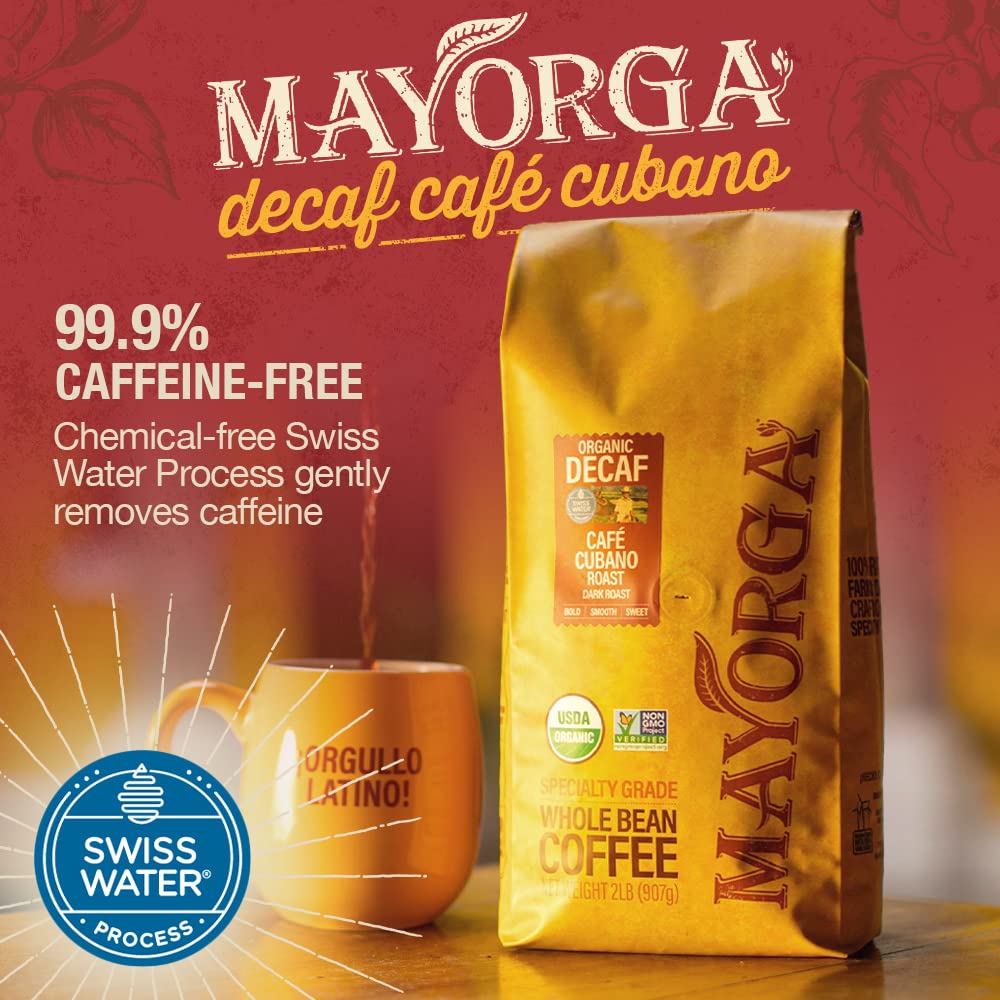
Search Swiss Water Decaf Coffee Ground on Amazon
The Taste of Decaf Coffee
One of the biggest misconceptions about decaf is that it lacks flavor. While the decaffeination process can slightly alter the taste, advancements in techniques have made it possible to retain much of the coffee’s original profile. Specialty coffee roasters now offer decaf beans with complex, full-bodied flavors that rival their caffeinated counterparts.
When shopping for decaf, look for labels indicating the decaffeination method. The Swiss Water Process and CO2 Process often yield the best-tasting results.
Why Choose Decaf Coffee?
Decaf coffee is an excellent choice for many reasons. For those with caffeine sensitivities or medical conditions such as acid reflux, or during pregnancy, decaf offers a gentler alternative, allowing them to enjoy coffee without the potential negative effects of caffeine.
It’s also a perfect option for afternoon or evening sipping, enabling coffee lovers to relax with their favorite brew without the worry of disrupting their sleep. Beyond these practical benefits, decaf is often chosen by those who prioritize flavor over the buzz, savoring the rich, nuanced taste of a perfectly brewed coffee without the stimulating kick.
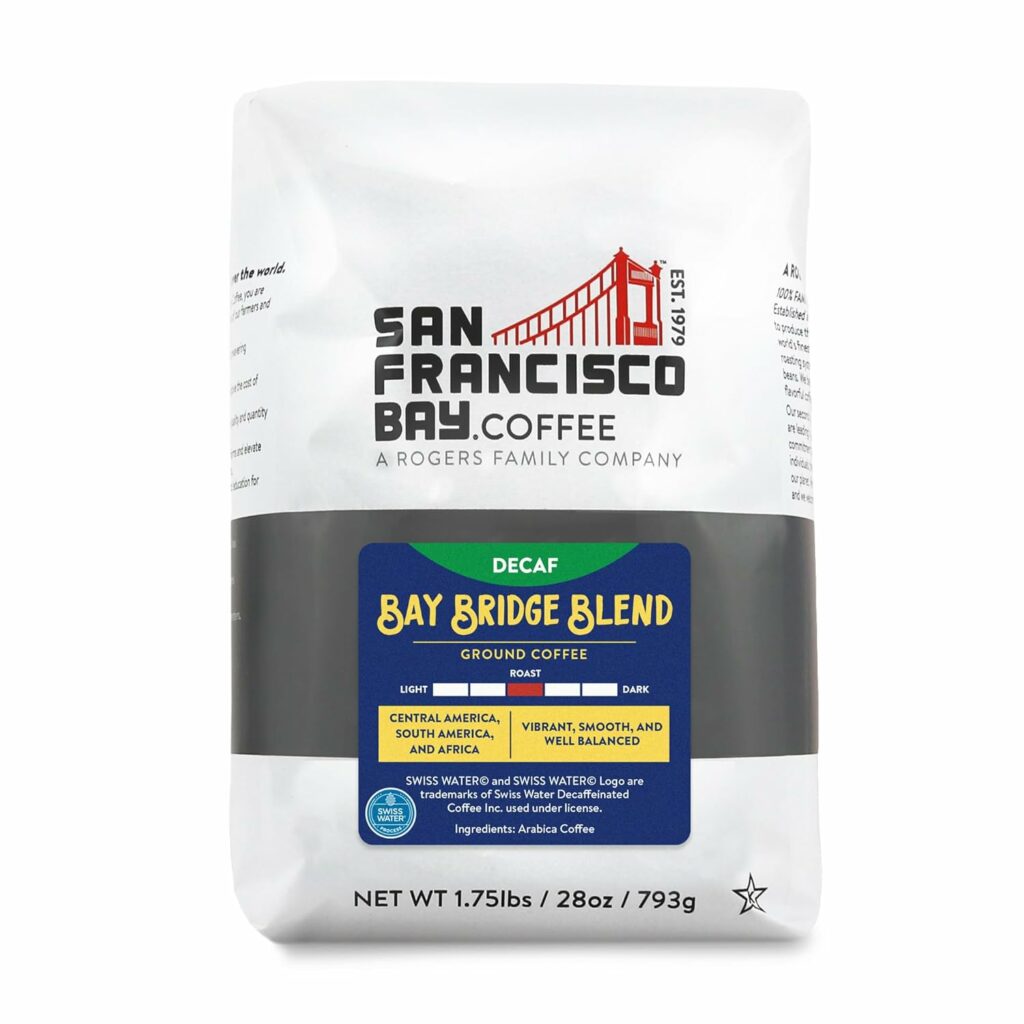
Tips for Brewing the Best Decaf Coffee
- Choose High-Quality Beans
Look for single-origin or specialty-grade decaf coffee to experience the best flavors. - Use Freshly Ground Coffee
Grinding your beans just before brewing ensures maximum freshness and flavor. - Experiment with Brewing Methods
Whether you love pour-over, French press, or espresso, decaf coffee adapts beautifully to all methods. - Mind the Roast
Light and medium roasts highlight the bean’s natural flavors, while dark roasts provide a bold, smoky profile.
Final Thoughts: Decaf Coffee, Redefined
Decaf coffee is no longer an afterthought or a compromise. Thanks to innovative decaffeination methods and a growing appreciation for flavor diversity, decaf coffee is reclaiming its place in the world of specialty coffee. Whether you’re cutting back on caffeine or simply exploring new horizons, decaf coffee offers a world of taste with none of the jitters.
So brew a cup, take a sip, and discover the soothing side of coffee. Who says you need caffeine to fuel your coffee passion?
